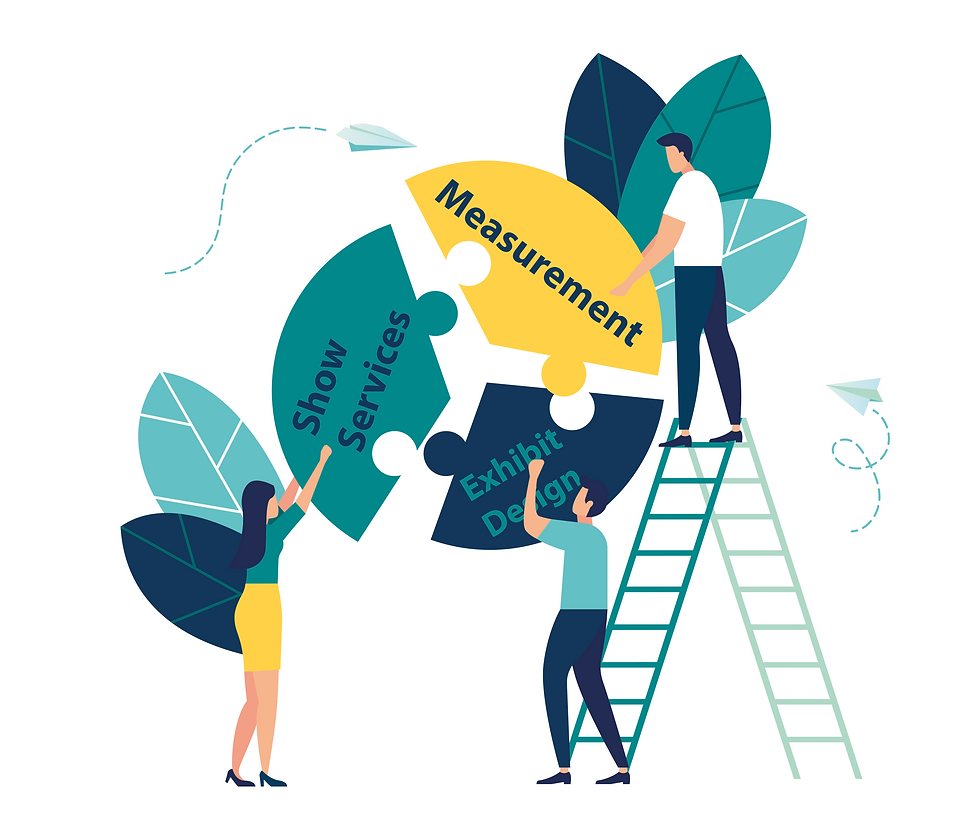How Proximity Marketing Revolutionizes Retail
- fs-partners
- Oct 22, 2019
- 2 min read

Proximity marketing is an emerging trend that allows retail stores to promote the right product at the right time to in-store shoppers. It uses consumer location data to select which promotion or content to show a customer, supporting a more targeted and personalized marketing experience. Here's a deeper dive into this experiential marketing technique and the benefits for your brick-and-mortar store:
Retailers Win with Customer Location Data
Proximity marketing, also known as hyperlocal marketing, targets prospects with personalized messages based on shopper location data. If shoppers are carrying smartphones (which nearly all are these days) and have opted in (agreed to location-based communication at the retail site), the store can then “interact” with customers based on their location and behavior in-store. For example, if a customer dwells by a particular product for several minutes, retailers can send a specific coupon or discount offer to their device. Or, if five or more customers are in the vicinity of a digital sign, content can be dynamically updated to capitalize on the passing foot traffic.
Here are a few reasons more retail outlets are using this type of marketing:
Increasing visitor-to-customer conversion rates – Targeted promotions and advertising help to nurture the in-store shopping experience, leveraging location data to understand what messaging may be immediately helpful towards influencing purchase decisions.
Personalizing the customer journey – Tailoring marketing tactics to customers’ behavior and location in-store provides a more seamless and relevant experience so marketing activities support real-time interests and behaviors.
Expanding customer engagement to build loyalty – Relevant experiences create engagement, and engagement builds loyalty. Proximity marketing creates intelligent touch points that help build brand loyalty through meaningful interactions.
Real-time analytics to improve marketing campaigns – Using customer location data to trigger proximity marketing efforts creates a data-driven baseline for understanding the intersection of customer behavior and marketing efforts. Such information might include what customers are interested in on-site based on visitation and dwell time, and what marketing tactics are working to drive conversions.
How FastSensor Helps with Proximity Marketing
FastSensor can support proximity marketing efforts by gathering location data from sensors that pick up anonymous, non-personal signals coming from visitors’ devices. The platform’s machine learning algorithms measure customer movements in the store including where they visit and for how long. This information can be viewed in a cloud-based dashboard and can also be used to trigger communication to other systems (such as SMS or digital signage) based on location data. While FastSensor technology can capture location data passively for over 90% of customers, without opt-in or download, communicating with customers on-site with a proximity-based coupon, for example, does require opt-in with the retailer.
Taking Action Along the Customer Journey
Customer experience and the practice of mapping and understanding the customer journey are established areas of expertise vital to the modern market. Technologies like FastSensor and proximity marketing are essential tools for connecting the dots - moving beyond mapping and understanding the customer journey to dynamically taking action at vital points during the journey. Contact us now to learn more about the power of FastSensor.




Comments